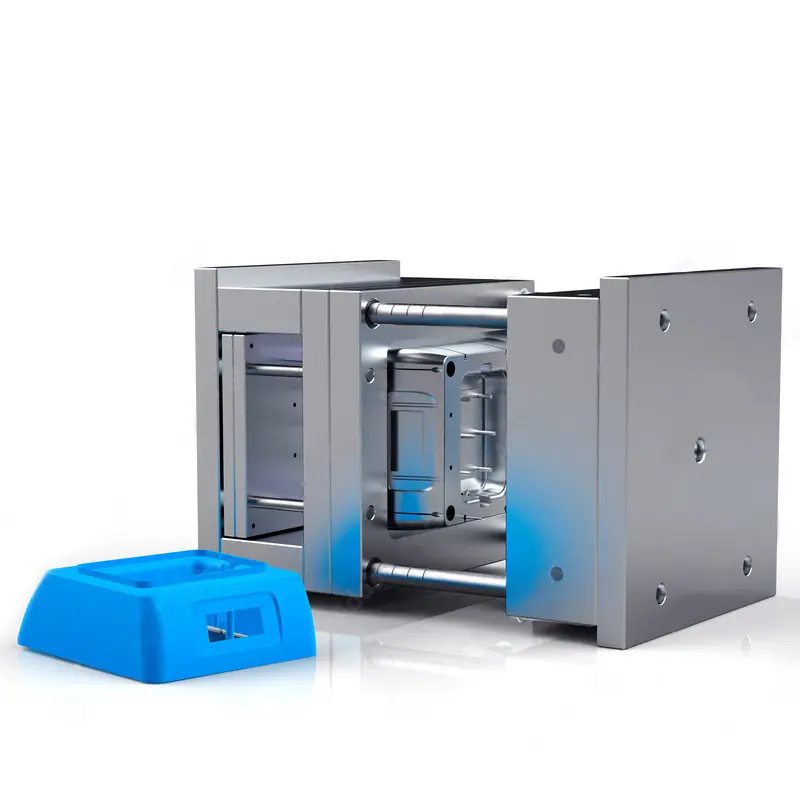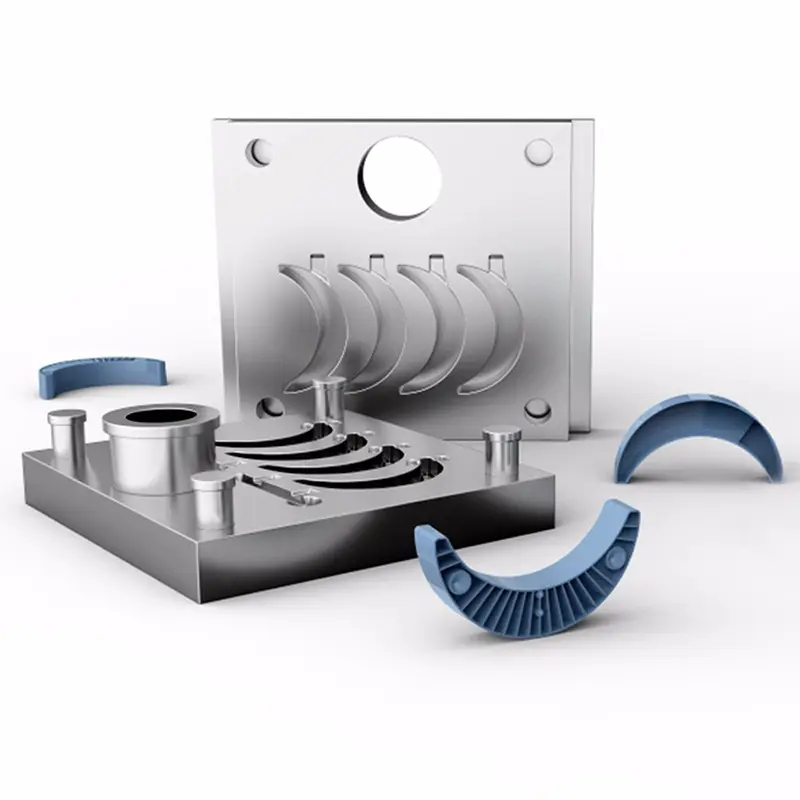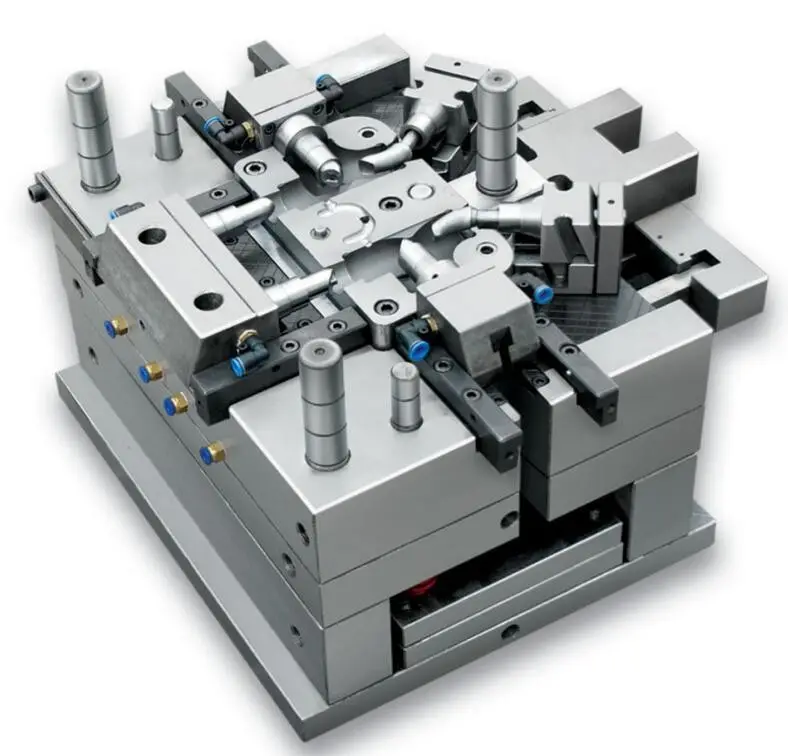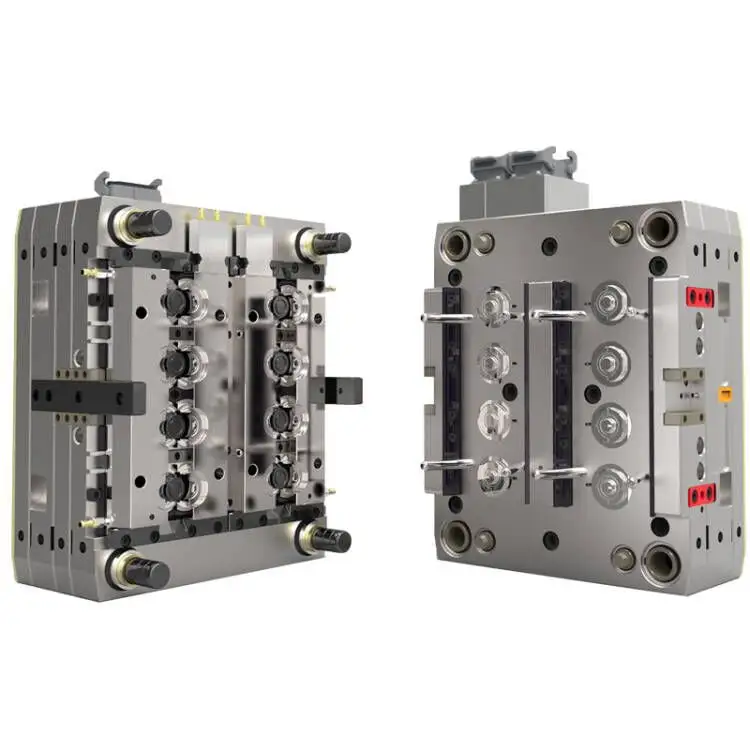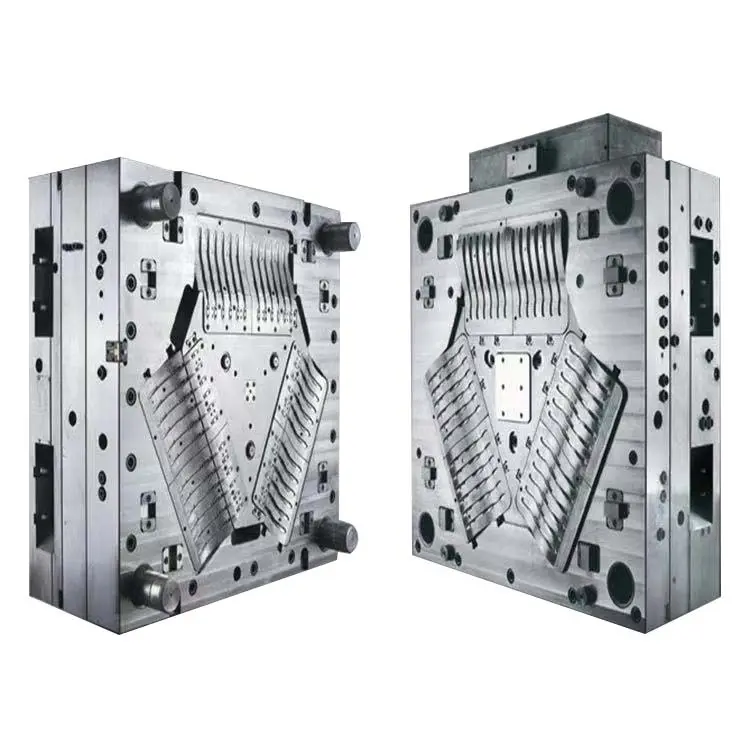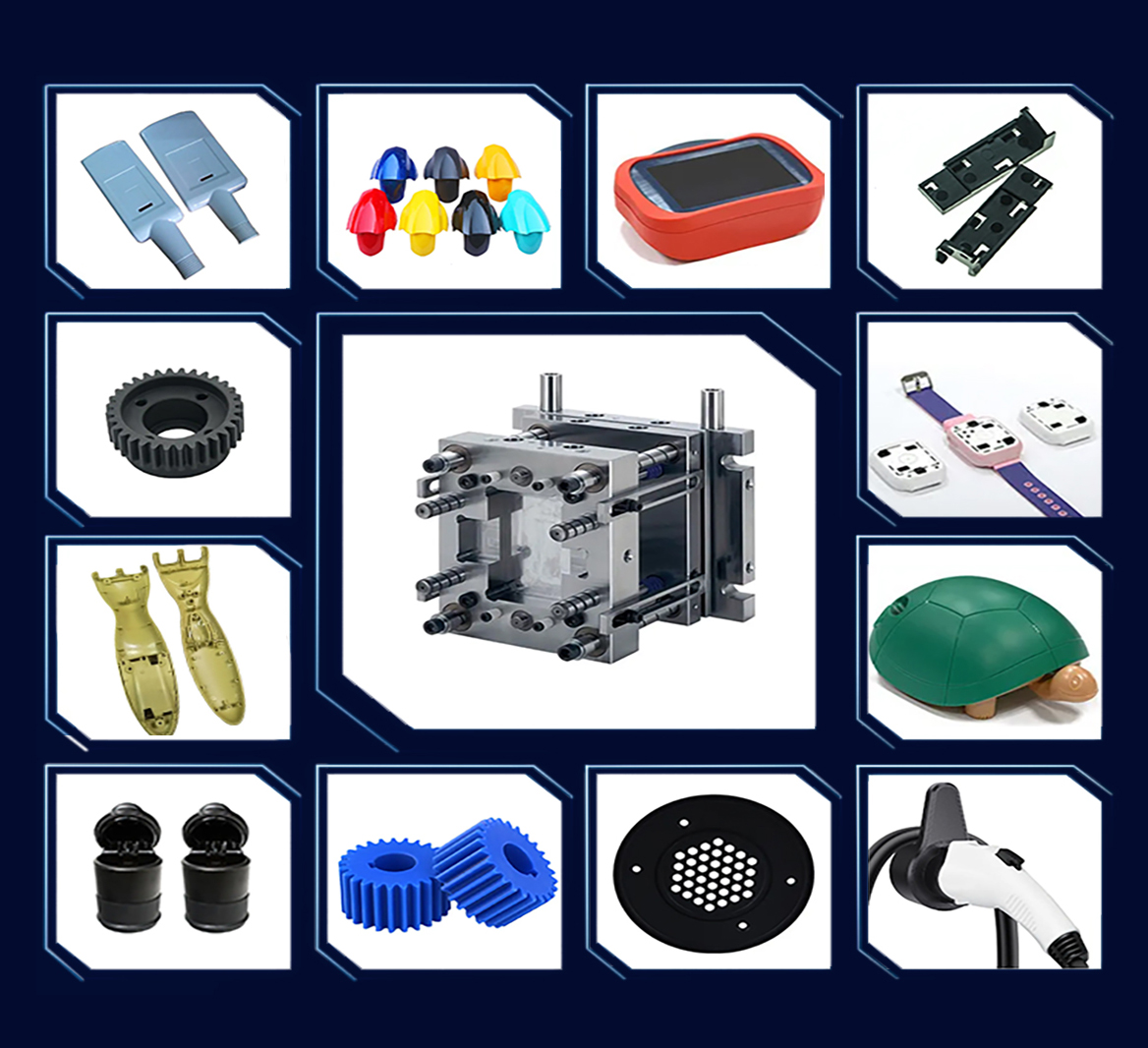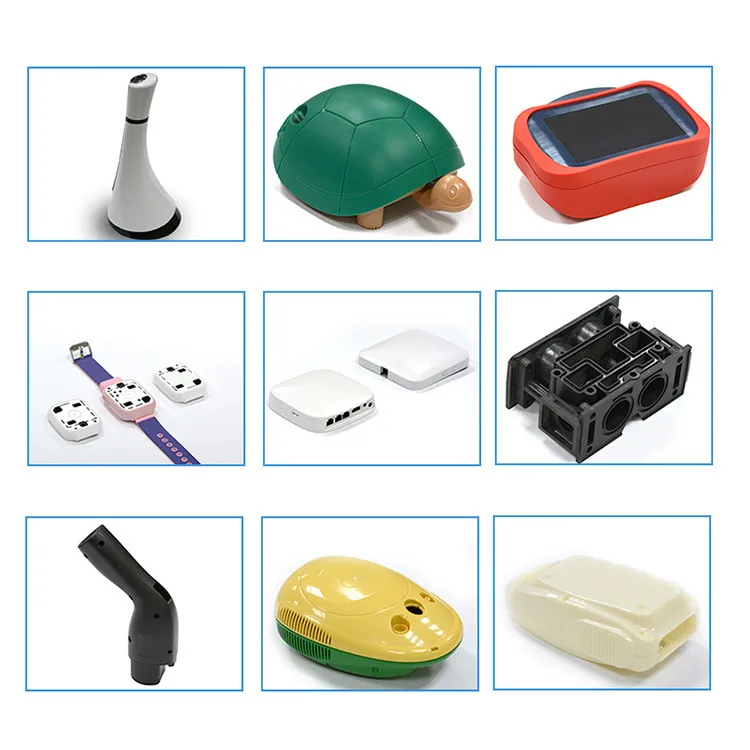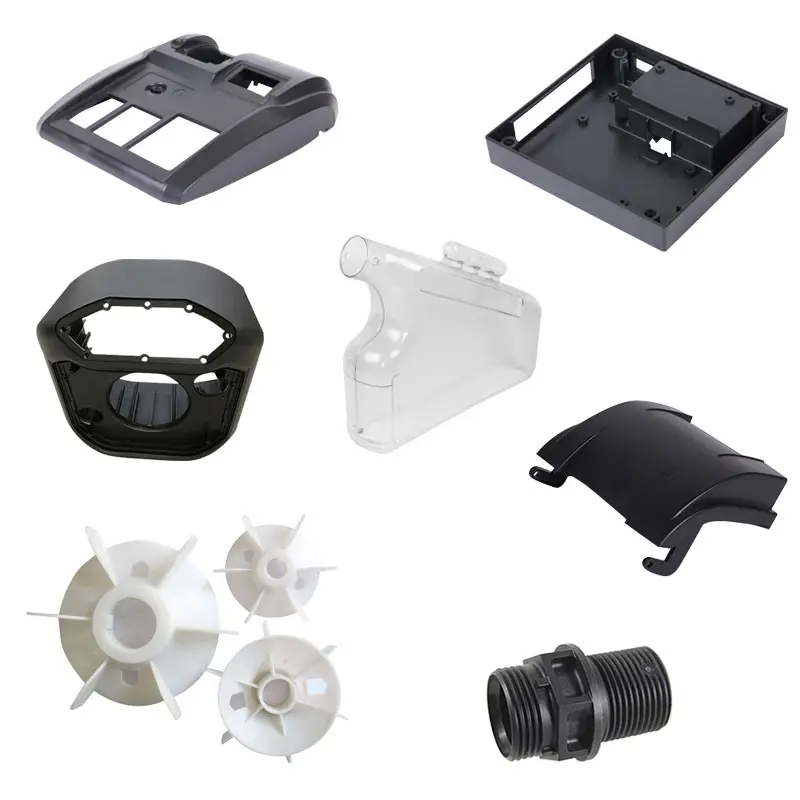How Do Plastic Injection Molding and Thermoforming Differ in Production Processes?
Elite, a trusted injection molding manufacturer, specializes in a variety of plastic manufacturing techniques, including Kunststoff-Spritzguss and thermoforming. While both processes are used to produce plastic parts, they differ significantly in their methodology, costs, and applications.
Plastic injection molding involves injecting molten plastic into a precisely machined mold, where it cools and solidifies to take the shape of the mold cavity. This method is ideal for producing complex, high-precision parts in large volumes. Injection molding allows for consistent production with tight tolerances, making it well-suited for industries such as automotive, electronics, and medical devices.
Thermoforming, on the other hand, involves heating a plastic sheet until it becomes pliable, then shaping it over a mold using vacuum or pressure. After the material cools and solidifies, the excess plastic is trimmed away to create the final part. Thermoforming is typically used for larger, simpler designs like packaging, trays, and containers, and is more cost-effective for low-to-medium volume production.

What Are the Pros and Cons of Plastic Injection Molding and Thermoforming?
Plastic Injection Molding
Pros:
- Precision and complexity: Injection molding is capable of producing highly intricate parts with complex geometries, ensuring accurate detail and consistency across large production runs.
- Material efficiency: Injection molding produces minimal waste, as excess material can be reused, and the process is highly efficient for mass production.
- Durability: The parts produced through injection molding are strong, with consistent material distribution, making them suitable for high-performance applications.
Cons:
- Higher initial costs: The cost of designing and producing the molds for injection molding is higher, especially for complex parts. This can make it less cost-effective for low-volume production.
- Longer lead times: Due to the complexity of the mold design and production process, initial setup times can be longer.
Thermoforming
Pros:
- Lower initial investment: Thermoforming requires simpler molds compared to injection molding, resulting in lower upfront costs and quicker setup.
- Faster production times: Thermoforming allows for rapid production of larger parts, especially for basic designs.
- Ideal for large, thin parts: Thermoforming excels in producing thin-walled plastic parts such as disposable packaging and plastic trays.
Cons:
- Limited precision: Thermoforming is not suitable for producing parts with complex details or tight tolerances, as it cannot achieve the same precision as injection molding.
- Material waste: Excess material from the plastic sheet needs to be trimmed after forming, which can result in more waste compared to injection molding.
Peer Product Comparison: How Do Elite’s Injection Molding and Thermoforming Solutions Compare?
When comparing Elite’s plastic injection molding and thermoforming solutions to competitors like Amcor and Placon, Elite offers a broader range of customization and cost-efficiency tailored to specific client needs.
Precision and Application
While Amcor is known for its expertise in thermoforming for packaging, Elite’s injection molding solutions provide superior precision and durability for high-performance parts, making Elite a better choice for industries such as automotive and electronics that require complex, highly detailed parts. Conversely, for large, simple parts like disposable containers, Elite’s thermoforming solutions offer comparable quality to competitors like Placon, but with more flexibility in design and cost.
Cost and Efficiency
Compared to Amcor, which focuses on larger-scale production, Elite provides more cost-efficient thermoforming solutions for low-to-medium volume production, while maintaining a high level of quality control. Additionally, Elite’s Spritzgießen delivers better long-term cost savings for high-volume, complex parts, making it a competitive option compared to Placon.
Schlussfolgerung
Elite’s expertise in both Kunststoff-Spritzguss and thermoforming offers clients the flexibility to choose the right manufacturing process based on their production needs and part complexity. Plastic injection molding is ideal for producing high-precision, complex parts in large volumes, while thermoforming excels in cost-effective production of simpler parts with faster setup times. Compared to competitors like Amcor and Placon, Elite stands out for its customization, precision, and cost-efficiency, making it a leading provider of plastic manufacturing solutions across various industries.

